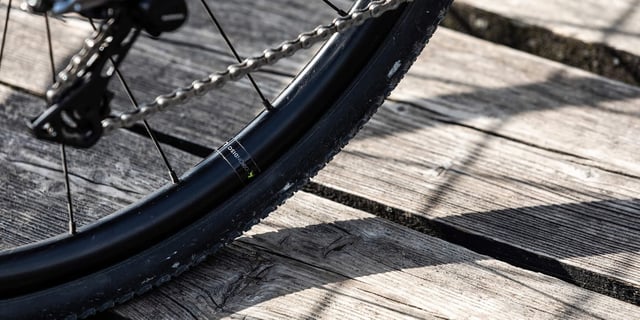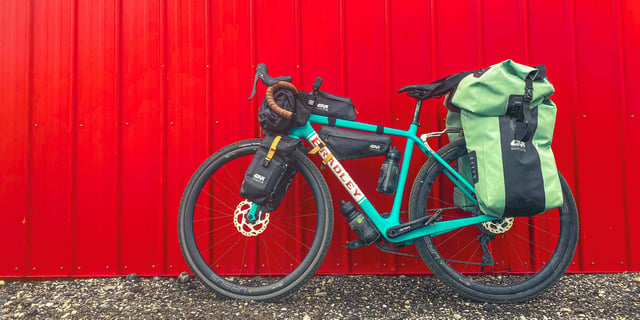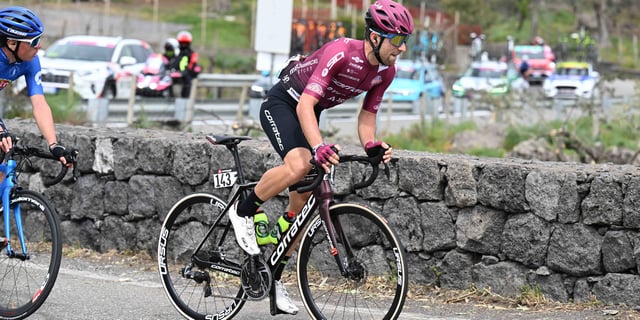
Professional cyclists, as well as amateurs, who ride a large quantity of kilometers training for competitions or Gran Fondos, know the importance of having the availability of two different sets of wheels. But what is the difference between a set of wheels for training and a set of wheels for racing? Let’s discover it together in this article, which starts by dispelling the misconception concerning the inferior performance with training wheels.
“Normally, training wheels are made of aluminum because, being more resistant, they last longer”. True or False?
False: the truth is that the inclination in the world of manufacturers components for racing bikes is to overcome the use of aluminum for a gradual transition to full carbon with regards to endurance.
Carbon fiber presently used to produce a wheel (attention: we are speaking of certified quality products) have been subject to thorough studies which allowed us to obtain a significantly improved endurance in recent years, thanks to monocoque rim molding systems or innovative production techniques.
To date, therefore, there are on the market wheel models which allow people to enjoy the qualities of carbon fiber even during training sessions and no longer exclusively just for competitions. A carbon fiber wheel set is considerably lighter, while also allowing for a greater vibration absorption than an aluminum wheel set. The result is less stress on the back muscles which consequently has superior benefits especially on long-distance cycling rides: the wellbeing of the lumbar area is one of the most important reasons which drives many professional cyclists to move to carbon fiber even for training.
The use of aluminum remains linked more to a price factor than a real performance one: normally, aluminum rims cost less than full carbon rims, although products like Ursus MiAmi offer a carbon solution at a very significantly affordable price.
Consider that as a cyclist you will surely spend more time training than competing. Obviously, to choose a carbon rim means to benefit from a cutting-edge solution, extremely comfortable and smooth. In short, a product which will considerably improve your daily cycling.
Training wheels: tubular or clincher?
Tubular is the type of tire normally used at a professional competition level, and the reason is that this solution presents various advantages: for example, tubulars cannot be punctured by pinching, therefore the risk of finding yourself with the classic “flat tire” is reduced. Tubulars are also lighter and especially much smoother than clinchers. What makes the tubular less suitable for training sessions is the fact that, not having an inner tube, it cannot be repaired in the event of a road flat. It is possible to intervene with a “Inflate and Repair” spray can and reach home, but after that the tubular will need to be replaced. The replacement operation is also not very easy, and it is better to have it performed by a technician.
The clincher, instead, delivers a lower performance, but has the quite significant advantage that, in case of a flat, it is possible to continue riding: replacing the inner tube, in addition to being very simple and economical, also allows for a long-lasting repair of the tire. Aluminum wheels are predisposed for clinchers, but in recent years the offer of carbon products for clinchers is expanding more and more, as a testimony that manufacturers move in the direction which leads to a training experience increasingly focused on high-performance.
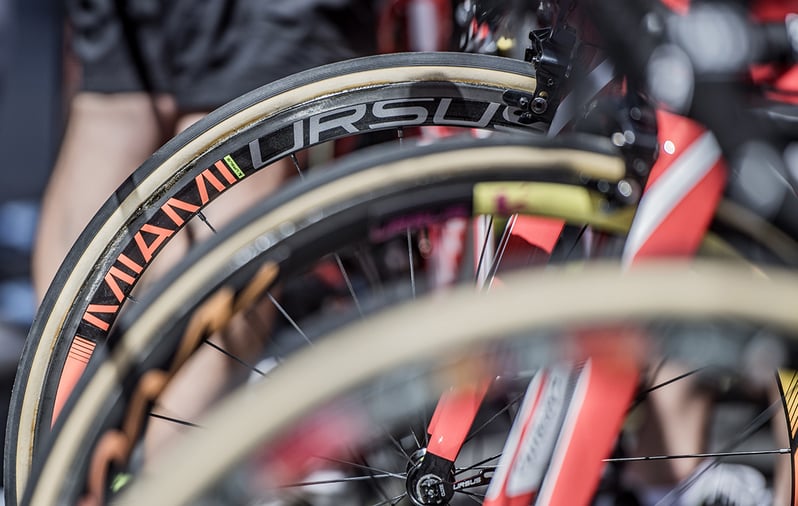
Various manufacturers for racing bikes’ wheels also offer the tubeless tire version, not only for MTB but also with regard to road cycling. Tubeless tires have two important major points:
1. They do not have an inner tube but can be repaired simply by injecting the appropriate sealing latex-based liquid into the tire;
2. You will be able to ride even with a lower inflation pressure without risking potential flats.
Would you like to thoroughly analyze the difference amongst tubular, clincher and tubeless wheels? We recommend you read this article.
Different rim’s profiles for different conditions
In racing as in training, there exist various types of routes: you may have to deal with long uphill stretches or need to take the best advantage of a flat tract where you can unload every watt of energy during the final sprint. For different situations, on the market are available different types of wheels, but how to choose the right product for your needs?
One of the elements to consider is the type of rim’s profile most suited to the characteristics of the route you need to take on: while training you will have to bike a large number of kilometers on mixed pavement surfaces, that is both flat, uphill and downhill. To achieve this, you could consider choosing a versatile product, with a less specific range of use. The medium-low profiles for wheel’s clincher like Miura C37 (37 mm) or the carbon tubeless wheels Miura TC37 are ideal for this as they offer less resistance to lateral air movement such as that generated by cars which will come up beside you, lightness and a great aerodynamic profile.
In a competition, to the contrary, you will need a product which allows you to ride at your maximum performance in specific situations, such as an Individual Time Trial (ITT). In races against time, professionals choose a rim with a medium-high profile for tubular, like our Miura TS47 EVO (47 mm). For Time Trial tests, the use of a very high profile with maximum aerodynamics wheels is very common, like that of our carbon wheels Miura TS87 EVO (87 mm).
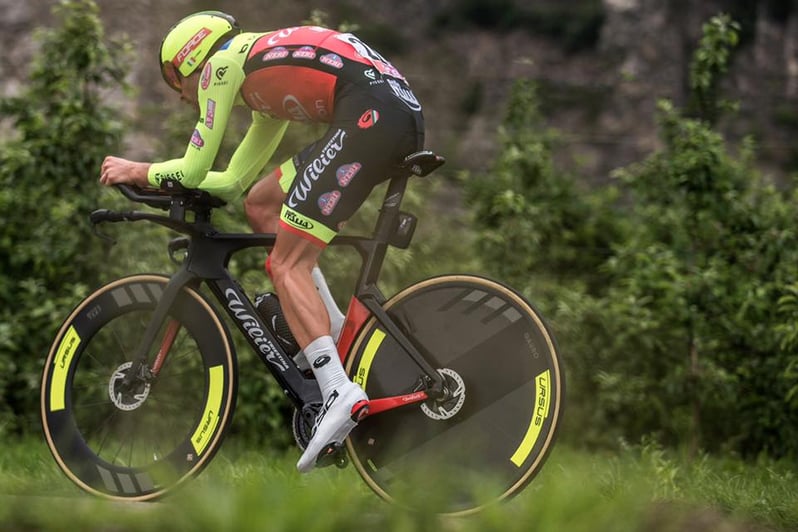
Conclusion
Cycling wheels: training vs competition - How to get your bearings in choosing the product that best suits your needs?
Evaluate very closely the type of use you will need out of your wheels. In this article, we have seen that there are various types of solutions, more or less performant and more or less economical. Do not exclude the possibility of choosing a model dedicated to training sessions and a different one for competitions, following the example of the very best professional cyclists.

